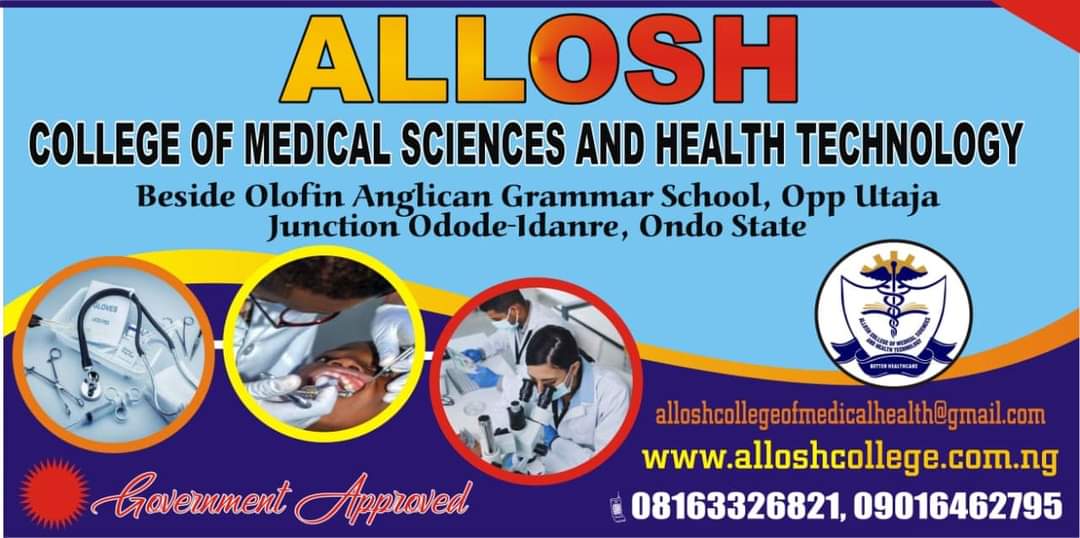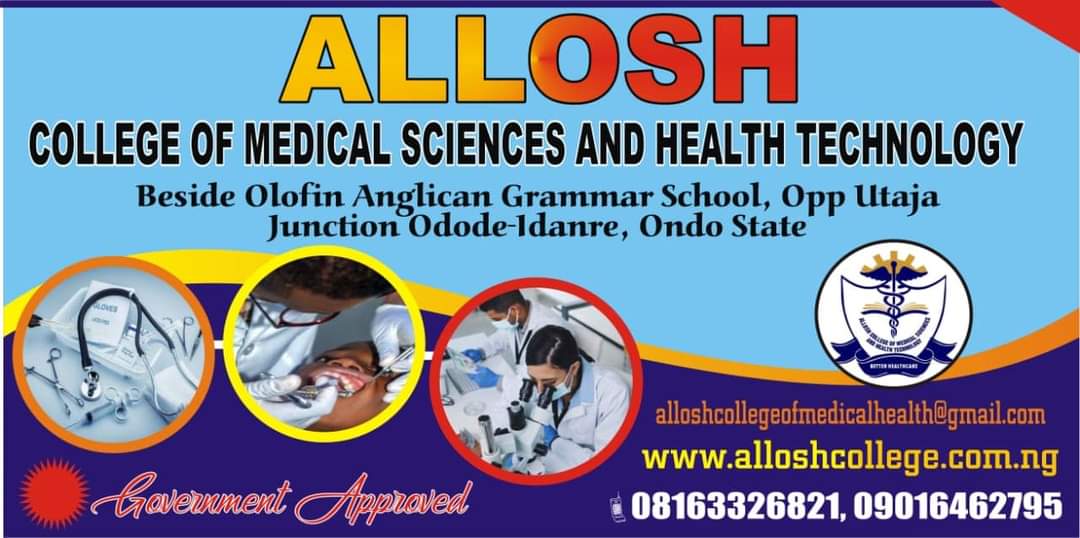Canada LMIA & Work Permit Step By Step Process | Biometric, Medical, PPR
Welcome to our detailed guide on the Canada LMIA (Labour Market Impact Assessment) and work permit process. This article aims to provide a thorough understanding of the steps involved in obtaining a work permit in Canada, including the biometric, medical, and passport request (PPR) stages.
CANADA LMIA WORK PERMIT
Understanding Canada LMIA and Work Permit
1. What is LMIA?
The Labour Market Impact Assessment (LMIA) is a document that Canadian employers may need before hiring a foreign worker. The LMIA process is managed by Employment and Social Development Canada (ESDC). A positive LMIA indicates that there is a need for a foreign worker to fill the job and that no Canadian worker is available to do it.
2. What is a Work Permit?
A work permit is an official document that allows a foreign national to work in Canada for a specific employer and for a set period. It includes details such as the employer’s name, job position, work location, and duration of employment.
Step-by-Step Guide to the LMIA and Work Permit Process
1. Obtaining a Job Offer and LMIA
a. Job Offer:
The process begins with the Canadian employer offering a job to a foreign national. The job offer must be genuine and meet the requirements set by ESDC.
Employers must demonstrate that they have tried to hire a Canadian citizen or permanent resident first, through advertising and other recruitment efforts.
b. Applying for LMIA:
Once the job offer is in place, the employer applies for an LMIA from ESDC. This application includes details about the job, the foreign worker, and the employer.
The LMIA application process involves submitting various documents, including the employment contract, proof of recruitment efforts, and a business plan if applicable.
c. LMIA Processing Time:
The processing time for an LMIA can vary based on several factors, including the type of job and the region. Generally, it takes several weeks to a few months.
A positive LMIA indicates that hiring a foreign worker will not negatively impact the Canadian labor market.
2. Applying for a Work Permit
a. Application Submission:
After obtaining a positive LMIA, the foreign worker can apply for a work permit. The application is submitted to Immigration, Refugees and Citizenship Canada (IRCC).
Required documents include the LMIA, job offer letter, passport, proof of qualifications, and sometimes, proof of funds.
b. Application Forms:
The work permit application requires filling out several forms, including the IMM 1295 (Application for Work Permit Made Outside of Canada), IMM 5645 (Family Information), and IMM 5476 (Use of a Representative) if applicable.
c. Supporting Documents:
Applicants may need to provide additional documents, such as educational certificates, employment references, and a resume.
It’s crucial to ensure that all documents are complete and accurate to avoid delays.
3. Biometrics and Medical Examination
a. Biometrics:
After submitting the work permit application, applicants will receive a biometrics instruction letter. They must provide fingerprints and a photograph at a designated Visa Application Centre (VAC).
Biometrics are used to verify the applicant’s identity and for security screening purposes.
b. Medical Examination:
Depending on the job and the applicant’s country of residence, a medical examination may be required. This is often the case for jobs in healthcare, child care, or any role that involves close contact with the public.
The medical exam must be conducted by a panel physician approved by IRCC. The results are sent directly to IRCC and are valid for 12 months.
4. Processing Time and Decision
a. Processing Time:
The time it takes to process a work permit application can vary widely, typically ranging from a few weeks to several months. Factors influencing processing time include the applicant’s country of residence, the type of job, and the workload of the processing office.
b. Application Decision:
Once the application is processed, IRCC will make a decision. If approved, the applicant will receive a letter of introduction and, if required, a temporary resident visa (TRV) in their passport.
5. Passport Request (PPR) and Issuance of Work Permit
a. Passport Request (PPR):
If the work permit application is approved, IRCC will request the applicant’s passport for visa stamping. This step confirms the issuance of the TRV, which allows the applicant to enter Canada.
b. Receiving the Work Permit:
The actual work permit is issued at the port of entry in Canada. Upon arrival, the applicant must present their visa, letter of introduction, and other relevant documents to a Canadian Border Services Agency (CBSA) officer.
The CBSA officer will review the documents and, if everything is in order, issue the work permit. This document will outline the conditions of employment, including the employer, job location, and validity period.
Tips for Avoiding Fraud and Choosing the Right Consultant
Given the complexities and potential pitfalls in the LMIA and work permit process, it’s crucial to work with a reputable and regulated immigration consultant. Here are some tips to ensure you are dealing with a legitimate professional:
Verify the Consultant’s Credentials: Ensure the consultant is registered with the Immigration Consultants of Canada Regulatory Council (ICCRC). You can verify their status on the official ICCRC website.
Research and Reviews: Look for reviews and feedback from previous clients. A legitimate consultant will have positive reviews and a good reputation.
Avoid Guarantees: Be cautious of anyone who guarantees a work permit or job placement. The outcome of the application process cannot be guaranteed.
Get a Written Agreement: Always have a written agreement outlining the services provided and the fees involved. This protects both parties and clarifies expectations.
Conclusion
The LMIA and work permit process in Canada is a structured yet complex journey, requiring careful preparation and understanding of the various steps involved. From obtaining a job offer and LMIA to completing biometrics and medical examinations, each stage plays a critical role in successfully securing a work permit.
This guide aims to provide a comprehensive overview to help applicants navigate the process confidently. Remember, working with a regulated immigration consultant can provide valuable assistance and ensure compliance with all requirements.
For more detailed information, always refer to the official Canadian government websites or consult with a certified immigration consultant. Good luck with your application.













